Are you planning on rocking a wavy hairstyle? You might wonder how to get and maintain a wavy hair texture if you are. Using styling tools and products to make your hair wavy can damage your hair and scalp. The solution? Braids. So, what braids make your hair wavy?
Several braiding styles give your hair a wavy texture when kept overnight. These include fishtail braids, Dutch braids, twist braids, French braids, etc. Each braiding style provides your hair with the necessary waves for a beautiful look.
Read along to learn about the different braiding techniques and how they give you the wavy hair texture you want!
What does Wavy Hair Mean and Why do People Consider it Fun and Glamorous for Braid Hairstyles
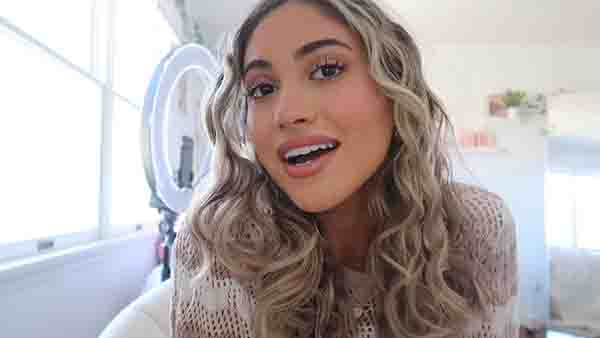
Wavy hair is a hairstyle that falls somewhere between straight and curly. It features loose, flowing waves that give hair a natural, relaxed look. Wavy hair can be found in many different hair types, from fine and thin to thick and coarse.
You can style its versatile hair texture in many different ways, including braids such as French braids, fishtail braids, or braided buns. Making it a popular choice for those looking for a fun and glamorous look for every occasion.
Benefits of Braiding Wavy Hair
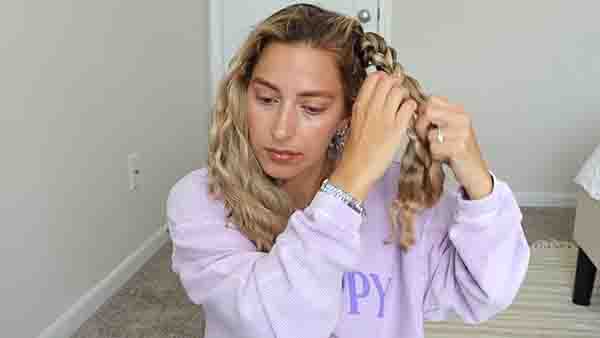
There are multiple benefits of braiding wavy hair. The following are included, but not limited to:
- Creating natural-looking waves and curls without using heat or styling tools.
- Giving your hair a relaxed, beachy vibe by creating natural wave patterns.
- By braiding your wavy hair overnight, you can wake up with waves in the morning without having to spend much time styling your hair in the morning.
What if You’re Putting Your Hair in Braids Overnight to Get that Beach Wave Look
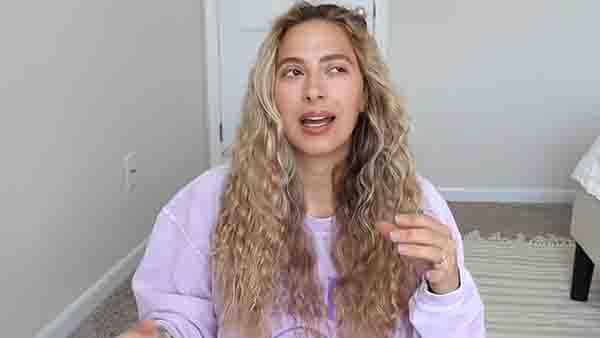
Putting your hair in braids overnight is a great way to achieve a beach wave look. When you braid your hair and leave it overnight, it is held in a compressed state, allowing your hair strands to be pulled closer together than if they were left loose.
When you undo the braid in the morning, you release the hair from its compressed state, allowing it to spring back into its natural shape. This means that the hair will have a natural-looking wave pattern for wavy hair, with the waves becoming more defined the tighter the braid is.
To create this look, you can start by washing your hair and applying a curl-enhancing product, such as a mousse or curl cream, to help define the waves.
Afterward, divide it into sections and create braids of the desired size and type. Larger, looser braids will create a more natural-looking wave pattern for a beach wave look.
The advantage of this method is that it doesn’t require any heat styling tools, which can be damaging to the hair. Heat can cause the hair cuticles to lift, leading to split ends, breakage, and overall damage to the hair.
Experiencing Problems with the Waves that Result from Daytime Braids
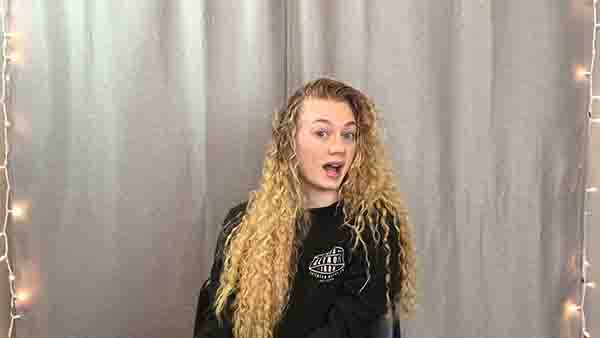
If you’re experiencing problems with the waves that result from daytime braids, there are a few things that you can try to help improve the results:
- Avoid touching your hair after undoing your braids, as it can cause your waves to fall out. Allow your hair to settle in its natural state instead.
- Experiment with different braid sizes to find the one that works best for your hair.
- Use a styling product, such as texturizing spray, mousse or gel if you notice your braids becoming flat or not holding their shape.
How Long Do Braids Last on Wavy Hair
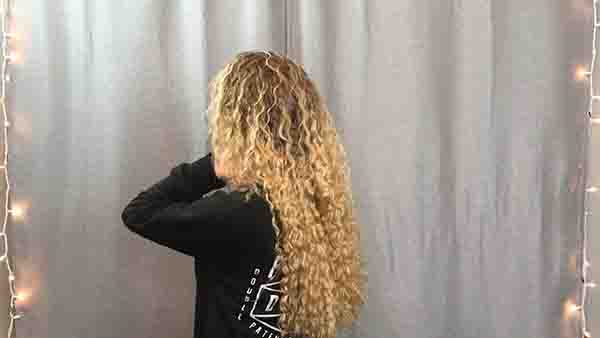
Various factors determine how long wavy hair can retain braids, such as the size of the braids, the hair’s natural texture, and the quality of installation. Braids that are small or twisted generally only last a few days, while larger braids can last for a week or even longer.
What to Consider When Braiding Wavy Hair
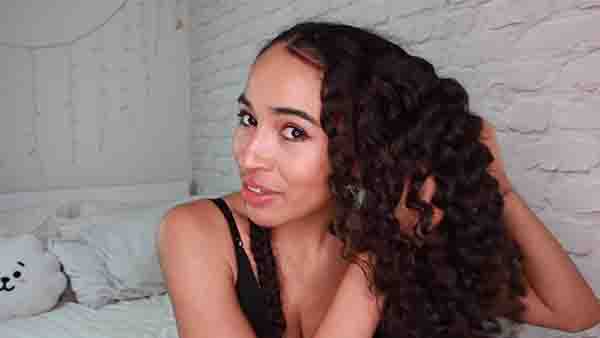
When braiding wavy hair, there are several things to consider to achieve the best results; these include:
Hair Texture
Because wavy hair is more delicate and prone to frizz than straight hair, it is essential to handle it gently and to avoid pulling too tightly when installing braids.
Braid Size
The size of your braids will affect the resulting wave pattern. Keeping that in mind, choose your braid size according to the type of braid pattern you want.
Products
Using the right products can help enhance the wave pattern and keep your hair looking its best. Consider using a texturizing spray or mousse to add volume and hold to the waves.
Maintenance
Once the braids are in, it’s essential to maintain them properly to keep the wave pattern intact. Avoid excessive touching or pulling on the braids, and sleep with a satin or silk pillowcase to prevent the braids from unraveling.
Which Braid Creates the Best Waves Overnight
The type of braid that creates the best waves overnight depends on the texture and length of your hair and the type of wave pattern you want to achieve. Here are some popular braid styles that can create beautiful waves overnight:
1. French braid
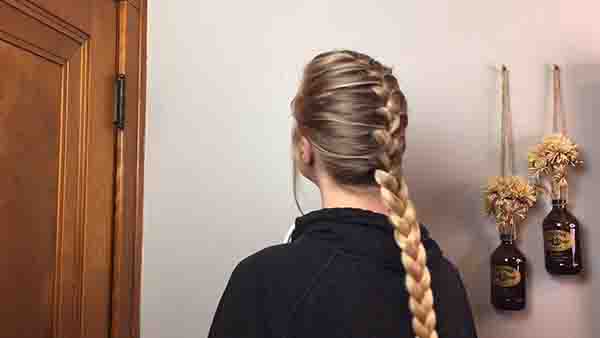
Not only do French braids create beautiful waves overnight, but they also offer a versatile hairstyle that you can wear in various settings.
You can dress up or down French braids, making them perfect for casual days, formal events, or anything in between.
When creating a French braid, it’s important to start with clean, dry hair to ensure that the braid stays in place and the waves set properly. You’ll also want to make sure that you section off your hair evenly to create a consistent wave pattern.
2. Dutch braid
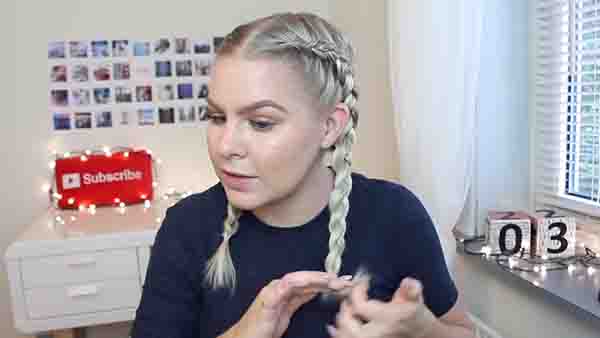
The sections of hair weave under each other in Dutch braids, unlike French braids where they weave over each other. This braid style has the potential to create slightly looser waves than French braids.
However, the looseness of the waves created by the Dutch braid depends on the tightness of the braid itself.
A tighter Dutch braid will create tighter waves, while a looser braid will create looser waves. It’s essential to adjust the tightness of the braid based on the desired wave pattern.
The thickness of your hair will also affect the final result. Those with thin hair may find that Dutch braids create more defined and tighter waves, while those with thicker hair may experience looser waves.
3. Twist braids
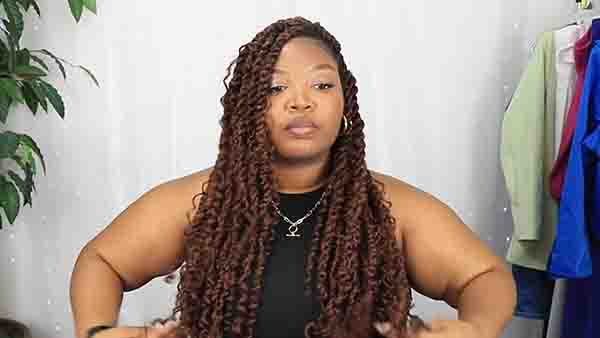
To create twist braids, twist two sections of hair together to form a rope-like braid. This braid style produces loose waves that are ideal for a more casual, beachy appearance.
It’s important to note that the size of the sections used for the twist braid will affect the outcome of the waves. Using larger sections will result in looser waves, while smaller sections will create tighter waves.
Another benefit of twist braids is that they’re easy to create and can be done on wet or dry hair. Simply divide the hair into two sections, twist them together, and secure the ends with an elastic band. Leave the braids in overnight and remove them in the morning for effortless waves.
4. Rope braids
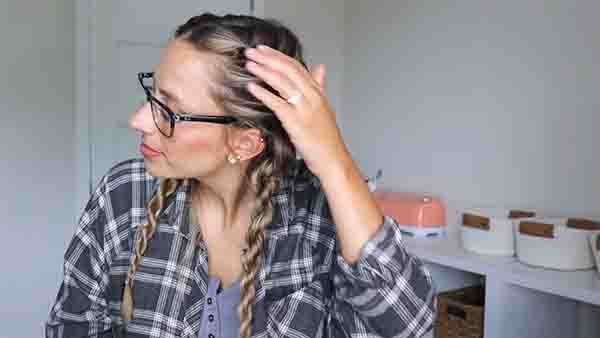
Rope braids are created by twisting two sections of hair in the same direction and then twisting them together in the opposite direction.
This braid style can create defined, spiral-like waves that are perfect for a beachy, bohemian look. Plus, because the braid is created by twisting the hair, rather than braiding it, it’s a great option for those with shorter or thinner hair that may not hold a traditional braid as well.
To create rope braids, start by dividing your hair into two equal sections. Then, twist each section tightly in the same direction. Once both sections are twisted, wrap them around each other in the opposite direction, creating a spiral rope braid.
Secure the end with a hair tie and go to sleep. In the morning, simply undo the braid and gently run your fingers through your hair to separate the waves.
5. Fishtail braid
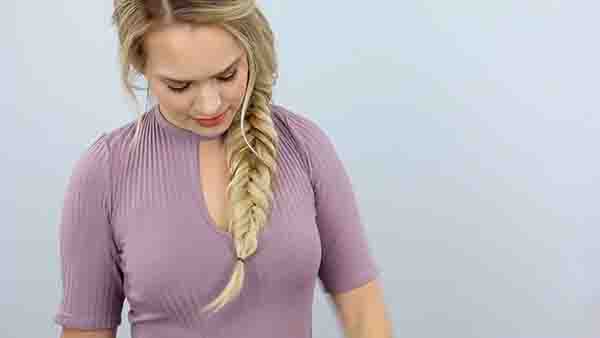
Fishtail braids are created by weaving two sections of hair over and under each other to create a braided pattern. This braid style can create loose, beachy waves that are perfect for a more relaxed look. But what makes the fishtail braid so great for creating waves overnight?
Firstly, the way that the hair is braided in a fishtail braid means that it won’t be too tight against your head, which is important for preventing unwanted kinks and creases in your hair.
Additionally, because the fishtail braid is created using two sections of hair instead of three, it tends to create looser waves that are more natural-looking.
To get the best waves from a fishtail braid, there are a few things to keep in mind. Firstly, make sure your hair is completely dry before you start braiding. This will help to ensure that your waves are even and defined. You can also try adding a bit of styling product, such as a sea salt spray, to your hair before braiding to enhance the wave pattern.
Finally, when you’re ready to take out your braid in the morning, be gentle. Don’t pull or tug at your hair too much, as this can cause frizz and disrupt the wave pattern. Instead, gently unravel the braid and use your fingers to tousle your hair and separate the waves.
So if you’re looking for an easy and effective way to create beautiful waves overnight, give the fishtail braid a try.
6. Crown Braids
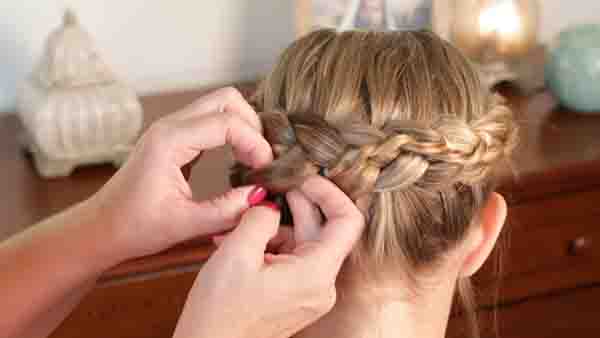
If you’re looking for a regal and sophisticated hairstyle, crown braids might be just what you need. This style is created by weaving two braids that wrap around the crown of the head, giving the appearance of a crown or halo.
Not only is it elegant, but it also creates loose and soft waves that can be perfect for any occasion. Whether you’re attending a formal event or just want to add a touch of glamour to your everyday look, crown braids can help you achieve that royal vibe.
One of the reasons why crown braids are so great for creating waves is that they distribute the hair evenly, which helps to create consistent waves all over your head.
Because the braids wrap around the crown of your head, they create more volume and lift at the roots, which can help to make your waves look more natural and effortless.
Another benefit of crown braids is that they’re incredibly versatile. Depending on how you braid them, you can create loose and soft waves, or more defined, structured waves. You can also experiment with different placement and size of the braids to achieve different looks.
If you’re new to crown braids, don’t worry – they may take a bit of practice to perfect, but once you get the hang of them, they’re a breeze to create.
To get started, simply part your hair down the middle, and create two braids on either side of your head, wrapping them around the crown of your head and securing them in place with bobby pins.
You can then sleep on your braids overnight, or leave them in for a few hours before unraveling them to reveal beautiful, natural-looking waves.
7. Milkmaid Braids
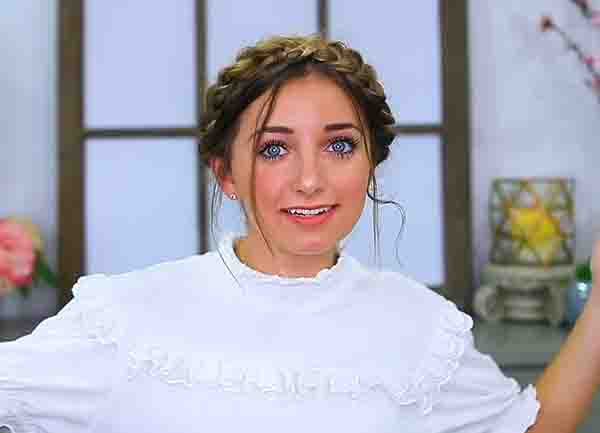
If you’re looking for a hairstyle that’s both pretty and practical, milkmaid braids might be just what you need.
To create this look, you’ll need to divide your hair into two sections and braid each one. Then, wrap each braid around the head and secure them at the crown. This will give the appearance of a milkmaid’s crown, and create loose, romantic waves that are perfect for a feminine and delicate look.
With a little bit of practice, you can master the art of milkmaid braids and elevate your hair game to the next level.
8. Three-Strand Braids
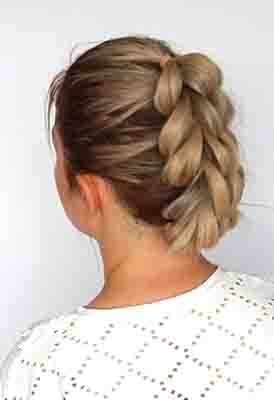
When it comes to hair styling, there are many options to choose from. One popular choice is the three-strand braid.
This technique involves dividing the hair into three sections and braiding them together. By doing so, you can create loose, natural-looking waves that are perfect for a relaxed and effortless look.
FAQs
Can wavy hair hold box braids?
Wavy hair can hold box braids, but the ability to hold them depends on the texture and thickness of the hair.
The thickness and texture of wavy hair can vary widely from person to person, and these factors can impact the durability and longevity of box braids.
Conclusion
To conclude, it’s fair to say that once you know what braids make your hair wavy, it’ll become easier for you to choose a braiding technique based on your hair type and texture to get the perfect wave pattern that suits you.
Some of the best braids for creating waves in your hair include three-strand braids, French braids, Dutch braids, fishtail braids, crown braids, and milkmaid braids. Each of these braids can create a unique wave pattern and add volume and texture to your hair.
With the right braid and care, you can achieve beautiful, wavy hair without the need for heat styling.
